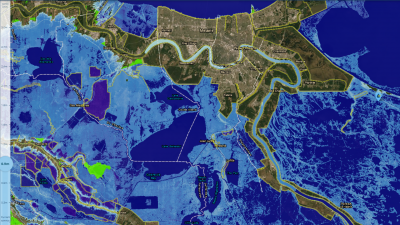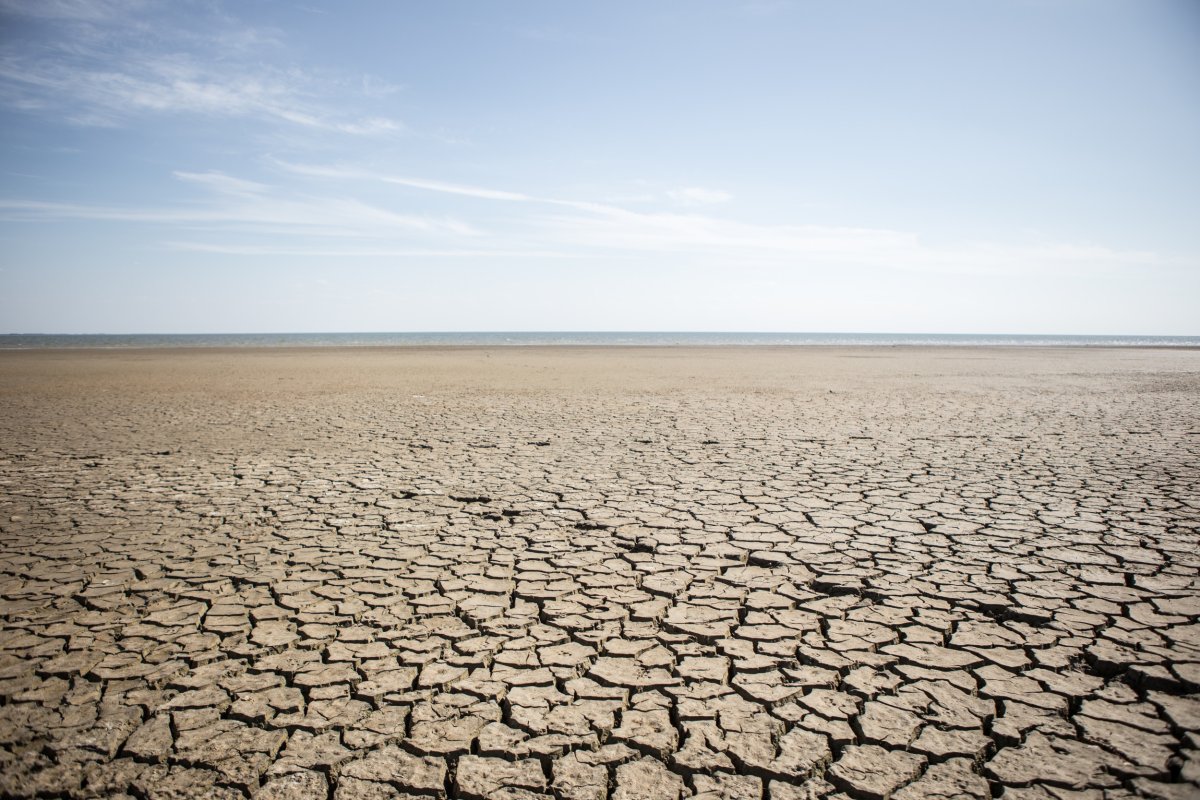An international team of scientists has found that the Earth could be a radically different planet by the year 2500 unless greenhouse emissions are reduced significantly.
The researchers have also said that current projections used by governments and other scientists are too short-sighted, and urged policy-makers to consider the effects of global warming further into the future than the current benchmark of 2100.
"We need to envision the Earth our children and grandchildren may face, and what we can do now to make it just and liveable for them," McGill University postdoctoral researcher Christopher Lyon said. "If we fail to meet the Paris Agreement goals, and emissions keep rising, many places in the world will dramatically change."
The team arrived at the findings by running a global climate model projecting forward to the year 2500 with three different scenarios. In one greenhouse gas emissions remain high, in the other, they are reduced somewhat. In both of these models, warming is still above the Paris Agreement goal of less than a 2 C rise in global temperatures.
In the final scenario they are lowered significantly, meeting the Paris agreement target.
The team's modeling, detailed in a paper published in the journal Global Change Biology, revealed a very different Earth in the year 2500 if targets are not met.
The researchers found that concentrations of vegetation would move towards the poles, while the areas suitable for the growth of many crops would shrink significantly. This would result in areas that currently possess rich and varied ecosystems, like the Amazon Basin, potentially becoming barren.
The projections also hold bad news for humans beyond the loss of farmland and biodiversity. The team found that in highly populated tropical regions heat stress, exposure to extreme heat that can result in heatstroke, heat exhaustion, heat cramps, or heat rashes, could reach fatal levels.
Additionally, the research suggests that even if targets are met, in the scenario with significantly reduced emissions, sea levels still continued to rise as a result of the thermal expansion of water, and from run-off from the land mixing in ocean waters.



Under the most extreme emissions model run by the team, sea levels were predicted to rise by as much as 0.86 meters by 2050. Currently, around 40 percent of the U.S. population lives in high-density coastal areas where sea-level rise already causes flooding and shoreline erosion as well as hazards from storms.
New Orleans has been identified as one of the regions of the U.S. most at risk from sea-level rise. The National Oceanic and Atmospheric Administration sea-level rise tracking tool shows the devastating effect on the city and its surrounding region which would occur due to 0.86 meters of sea-level rise.
"These projections point to the potential magnitude of climate upheaval on longer time scales and fall within the range of assessments made by others," Lyon, the paper's lead author, said. "The long-term effects of 21st-century warming will be felt for centuries to come, even if emissions are limited in the future."
Lyon also pointed out that the Paris Agreement, the United Nations, and the Intergovernmental Panel on Climate Change's scientific assessment reports all show us what we need to do before 2100 to meet our goals, and what could happen if we don't. He added: "But this benchmark, which has been used for over 30 years, is short-sighted because people born now will only be in their 70s by 2100."
The authors of the report concluded that the year 2100 is just one human lifespan away, and that this means the window to readily curb emissions in line with the Paris Agreement is rapidly closing
"Our projections past 2100 indicate that without rapid and significant reductions in greenhouse gas emissions, large areas of the Earth will change in ways that reduce their capacity to support large-scale human occupation," they said. "The long-term effects of 21st-century warming will be felt for centuries to come, even if emissions are limited in the future."

Uncommon Knowledge
Newsweek is committed to challenging conventional wisdom and finding connections in the search for common ground.
Newsweek is committed to challenging conventional wisdom and finding connections in the search for common ground.
About the writer
To read how Newsweek uses AI as a newsroom tool, Click here.








